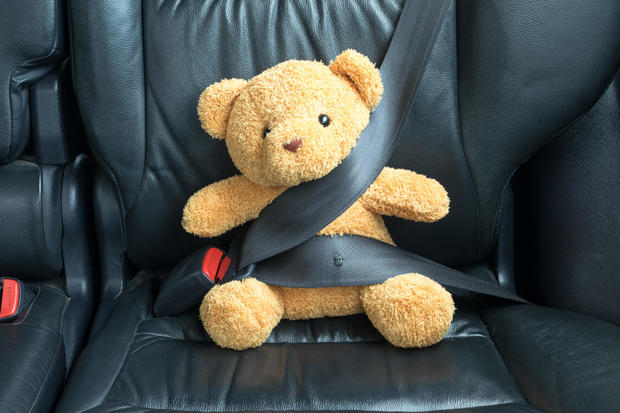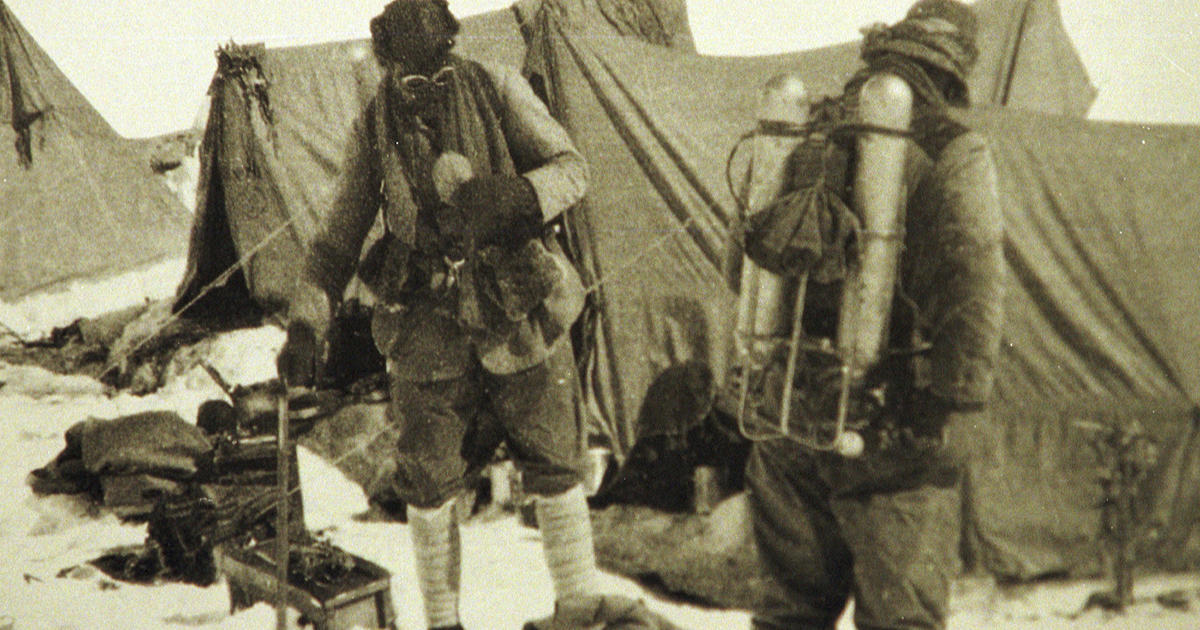Driving just got a lot deadlier
If you listen to Philadelphia news, there's a good chance you'll hear the ominous words "accident at Street Rd. and Knights Rd." almost every week. Located just northeast of the City of Brotherly Love, it's the most fatal intersection in the US, according to Badintersections.com. Motorists headed for the nearby casino to take their chances may encounter an even big risk.
Nationwide, drivers of trucks, cars and motorcycles, as well as bicyclists and pedestrians, face a big risk, too. Their chances of staying alive on the road just took a turn for the worse.
The National Highway Traffic Safety Administration (NHTSA), a unit of the U.S. Department of Transportation, last week released its figures on "2016 Fatal Motor Vehicle Crashes." The numbers will come as no surprise to any driver who's constantly passed on the interstate even when traveling at 70 miles per hour. Or for a bicyclist who almost gets whacked by a car door swinging open (known as being "doored"), or a pedestrian who narrowly avoids being hit in a crosswalk by a vehicle making a hurried right-hand turn.
They all know that our nation's roads are getting deadlier.
But just how deadly? Here are the NHTSA figures:
- 37,461 people were killed in crashes on U.S. roadways last year, a 5.6 percent increase over 2015, or nearly 2,000 more deaths.
- Both the number of passenger vehicle fatalities and motorcycle deaths were at their highest level since 2008.
- Van occupants were hard-hit, literally. Their death rate rose 8.4 percent.
- Pedestrian fatalities rose by almost 500, a 9 percent increase, and are at their highest level since 1990.
- Bicyclists' death toll was the highest since 1991.
Both rational -- and irrational -- explanations exist. Job growth and other economic improvements have put more people and more cars on the road since 2014, when NHTSA data showed its lowest fatality rate in its history.
But fatalities have outdistanced the increase in vehicle miles traveled (VMT). While VMT rose by 2.2 percent last year, the fatality rate per 100 million VMT rose by 2.6 percent. That may seem like a minor difference -- until you realize those percentage points reflect hundreds of lives lost.
Another unerring trend is toward ever more reckless driving behavior. If broken down on a daily basis, car- and truck-related deaths averaged 102 every 24 hours -- five more than last year.
Alcohol-impaired deaths, which were also higher, accounted for more than a quarter of them. In 2016, despite all the advocacy groups and stiffer penalties for drunk driving, liquor was responsible for 10,497 deaths, or 28 percent of the total. More than half of these drivers were millennials in the 21 to 34 age group, while teenage driver alcoholic deaths declined slightly.
Despite more seat-belt use, nearly 48 percent of the passenger vehicle occupants who died were "unrestrained," according to NHTSA. For passengers who did wear seat belts in a fatal crash, survival was more than 80 percent. And motorcyclists who didn't wear helmets, which aren't required in many states, accounted for 41 percent of fatal casualties.
Speed-related deaths increased nearly 400, or 4 percent, even with an increased police presence on highways. According to car experts, that's nothing new. "Belts, booze and speed have remained the most stubborn contributors to traffic crashes for many years," said Jake Nelson, director of traffic safety at the American Automobile Association (AAA).
Nonetheless, "this recent trend is discouraging," said spokesperson Loretta Worters of the Insurance Information Industry (III), which represents the auto insurers that have to settle the claims and pay the cost of motor vehicle accidents -- fatal or otherwise. She blamed much of it on "distractions" while driving, such as taking care of a child, applying makeup, shaving, mobile phone use and, of course, eating.
Worters said technologies like collision-warning systems wouldn't reduce distracted driving, but they could help prevent or lessen crashes. She said pedestrians were partly responsible for their own accidents, "given the amount of people who use their smartphones while walking."
Both the AAA and the III focused on new-car technology. "We owe it to those who use our roads to invest in new outside-the-box thinking," said Nelson, such as mandatory alcohol ignition interlocks for anyone convicted of a first-time drunk-driving offense.
Many motorists admit that each new device installed in a car usually creates its own distractions. And a driverless car, given the current state of the law and the number of human-driven vehicles that will stay on the road for an average of 11 years, is way off.
Ironically, state legislators and voters are doing their part to make roads more unsafe, Nelson said, such as by legalizing recreational marijuana use. "Our priorities are not lined up," he complained.
So it appears that intersections like Street Rd. and Knights Rd. are likely to remain deadly, while NHTSA fatality statistics continue to grow. And drivers will continue to take chances with their cars and their lives. Just as they do at that nearby casino, whose website ad encourages everyone to "Get lucky."




